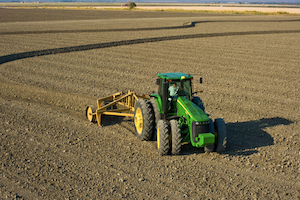Many agricultural producers choose to plant annual cover crops to counterbalance forage prices. Now, experts from the University of Nebraska-Lincoln Extension are providing insight into the pros and cons of doing so and offering tips for this year’s planting.
Grazing cover crops can reduce the mechanical harvest of stored forages following a season of adequate moisture. In addition, they may allow for the recovery of stressed pastures. Farmers might want to consider brassicas, as they have a high level of crude protein and digestible carbohydrates. Turnips, kale, and rapeseed, in particular, can thrive when planted in late July and early August.
Agricultural producers who prefer warm-season grasses, such as forage sorghum, should also aim to plant them during this period. For hay production, these forages can be mowed during the boot stage for maximum quality and quantity.
As mid-to-late July approaches, farmers can look to cereal grains for planting. Oats, for example, can produce ample high-quality forage in the late summer heat. If agricultural producers cannot plant until September, however, they may want to turn to hardier barley or rye. These grains can withstand cool temperatures and thrive come early spring.
It is worth noting that prevented planting payment is subsidized by the U.S. Department of Agriculture Risk Management Agency on the first insured crop if the second crop is not planted. More information can be found from the Farm Service Agency or Natural Resource Conservation Service. Farmers who want to use annual forages as a portion of their forage plan may also want to consider purchasing a yearly forage insurance plan.
